The LGBTQ community is in a cheerful mood since the petition quashing of section 377 of IPC has been considered for their good; the Supreme Court of India has ordered the petition to be reviewed by a bench. More commonly known as the Hijra community, they are often the victims of abuse and discrimination. The transgender community has got a strong historical presence in our country in the Hindu mythology and other religious texts. The community comprises of Hijras, eunuchs, Kothis, Aravanis, Jogappas, Shiv-Shaktis, etc. Tapati looks into the antiquity of the third sex, in the regular column. A Different Truths exclusive.
The community of the transgenders, better known as the LGBTQ community is in a cheerful mood since the petition quashing of section 377 of IPC has been considered for their good; the Supreme Court of India has ordered the petition to be reviewed by a bench. More commonly known as the Hijra community, they are often the victims of abuse and discrimination. As a result of social prejudice, their people have been seen moving in groups dressed in glittering saris, their faces painted with bright makeup, clapping and cheering around like females, demanding money from onlookers. It has been a common belief that denial of their request would bring their wrath and misfortune hence people obliged with much hatred.
With the notion of avoiding their curse and future ills, the Hijras were found visiting a newborn or 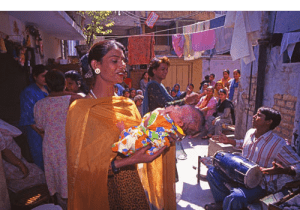 newlyweds where people happily distributed money, clothes and other donations as auspicious signs which would bring great fortune as a blessing from this special group of people. But living under charity and begging was pathetic and insufficient, forcing many of them to follow petty crimes. This irony left them with the notorious reputation as kidnappers of small children and thieves.
newlyweds where people happily distributed money, clothes and other donations as auspicious signs which would bring great fortune as a blessing from this special group of people. But living under charity and begging was pathetic and insufficient, forcing many of them to follow petty crimes. This irony left them with the notorious reputation as kidnappers of small children and thieves.
With mixed reaction and intimidation from the society, they are still revered at large and celebrated in religious and spiritual ceremonies.
India is one of the most religiously and traditionally diverse nations in the entire world. It has a long history of its own, which reflects the customs and usages that prevailed during that time and the interesting part is that those customs and traditions are still prevalent in this modern century. The transgender community has got a strong historical presence in our country in the Hindu mythology and other religious texts. The community comprises of Hijras, eunuchs, Kothis, Aravanis, Jogappas, Shiv-Shaktis, etc.
We find the ancient concept of the third gender, which is for individuals who have strong elements of both male and female in them. According to Sanskrit texts such as the Narada-smriti, Sushruta Samhita, etc., this third sex or gender includes people who have conventionally been called homosexuals, bisexuals and transgender people. The word namely ‘napunsaka’ has been commonly used to denote the absence of procreative capability of a person.
Indian philosophy since long has dealt with the concept of a third sex or third gender (tritiya-prakriti – literally, “third nature”). This category includes a wide range of people with mixed male and female natures such as effeminate males, masculine females, transgender people; such persons are not considered fully male or female in traditional society, being a combination of both. They are mentioned as third sex by nature (birth) and are not expected to behave like ordinary men and women and are attributed a semi-divine status. Their participation in religious ceremonies, especially as cross-dressing dancers and devotees of certain temple gods/goddesses, is considered auspicious. It has given rise to the concept that third-sex people have special powers allowing them to bless or curse others.
Indian linguist Patanjali’s work on Sanskrit grammar, the Mahabhashya (200 BC), states that Sanskrit’s three grammatical genders are derived from three natural genders. The earliest Tamil grammar, the Tolkappiyam (3rd century BC) also refers to hermaphrodites as a third “neuter”. In Vedic astrology, the nine planets are each assigned to one of the three genders; the third gender, tritiya-prakriti, is associated with Mercury, Saturn, and Ketu. In the Puranas, there are also references to three kinds of devas of music and dance: apsaras (female), gandharvas (male) and kinnars (neuter).
Various Hindu deities are connected with gender diversity. One of the forms of Lord Shiva is Ardhanari (or half-woman) where Lord Shiva merges with Parvati, and the resultant form is half Shiva-half Parvati. Ardhanari has a special position among the community of Hijras and has been largely identified as significant as a patron of hijras, who identify with the gender ambiguity.
In the Bhagavata Purana, we see Lord Vishnu taking up the form of Mohini to trick the demons into giving up the elixir of life.
As per the Tamil versions of Mahabharata, Lord Krishna also took the form of Mohini to marry Aravan, in order to give him the chance to experience Love before his death since Aravan volunteered to be sacrificed. After Aravan’s death, Krishna remained in mourning state in his Mohini form. The transgenders of India commemorate the marriage and death of Aravan and perform a rite known as Thali  during which the transgenders actually take on the role of Krishna and Mohini and “marry” Aravan; it is followed by a festival that lasts for 18 days! During the end of the festival, the ‘Hijras’ or ‘Aravanis’ mourn as the festival ends with the burial of Aravan and they beat their chests in ritual dances and break their bangles. The Hijras of Tamil Nadu considered Aravan their progenitor and call themselves Aravanis.
during which the transgenders actually take on the role of Krishna and Mohini and “marry” Aravan; it is followed by a festival that lasts for 18 days! During the end of the festival, the ‘Hijras’ or ‘Aravanis’ mourn as the festival ends with the burial of Aravan and they beat their chests in ritual dances and break their bangles. The Hijras of Tamil Nadu considered Aravan their progenitor and call themselves Aravanis.
There are also specific festivals connected to the worship of these deities, some of which are famous in India for their cross-dressing devotees. These festivals include the Aravan Festival of Koovagam, the Bahuchara Mata Festival of Gujarat and the Yellamma Festivals of Karnataka among others.
In literature, we have ample stories related to people of this special gender.
When Lord Ram had to leave Ayodhya for his 14 year-long exile, a huge crowd of his subjects chose to follow him into the deep forest because of their devotion towards him. Ram, being concerned about the well-being of his subjects, told them not to mourn. He requested “all men and women” to return to their homes in Ayodhya. Fourteen years later, when Ram returned to his kingdom after all the adventures he had, he found that all Hijras had not moved from the place where he gave his speech. Deeply touched by their devotion, and being aware of the kind of status they enjoyed in the society, Lord Ram granted them a boon: The Hijras would be able to give blessings to people during auspicious and inaugural occasions, such as childbirth and marriage. This ceremony is also known as Badhai, in which Hijras dance, sing and give blessings.
Mahabharata narrates that the hero Arjun takes a vow to live as a member of the third sex for a year as the result of a curse he is compelled to honour. He thus transforms into Brihannala, a member of the third gender, for a year and becomes a dance teacher to a princess.
Mahabharata mentions of another transgender person, a famous warrior, by the name Shikhandi. The story narrates that Bhishma had once refused to marry Amba. This deeply insulted her and she vowed to be the cause of Bhishma’s death, even if it takes multiple births for her to accomplish her revenge. Amba was later reborn as Shikhandini, who was a talented warrior but lacked the physical strength of a man. To defeat the mighty Bhishma, Shikhandini took shelter in a forest where she exchanged her gender with Yaksha to become a Eunuch. She transformed from Shikhandini to Shikhandi, a eunuch with the talents of a warrior but along with the strength of a man. Later, during the great battle, when Shikhandi fought for the side of Pandavas, she encountered Bhishma and upon recognising Shikhandini, Bhishma immediately accepted to die at her hands as he was cursed to be fatally wounded by only that person who would possess both genders.
In Mahabharata, we find another story of similar nature. During the early years of Yudhisthira’s brief reign in Indraprastha, Arjun was punished an exile of 12 long years. While travelling over many regions, he landed up in the Manipur.
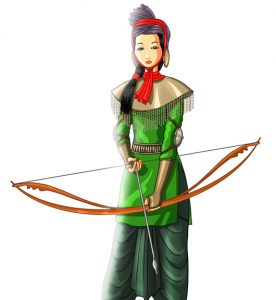 Manipur had a strange history of inheritance, he learned from local folks. Every king, by virtue of a divine boon, would have a sole heir, a son, who would go on to rule the kingdom. When Chitrangada, a daughter was born with lack of feminity, her father brought up his daughter like a son, the future heiress of the kingdom. Chitrangada was trained in martial arts and archery, horse riding and political decision making. After seeing Arjun, out of romantic desire she prayed for a miracle, a transformation, to become a girl. Chitrangada went on to become a woman. Babruvahana, the son of Chitrangada and Arjun, became one of the greatest warriors of the time.
Manipur had a strange history of inheritance, he learned from local folks. Every king, by virtue of a divine boon, would have a sole heir, a son, who would go on to rule the kingdom. When Chitrangada, a daughter was born with lack of feminity, her father brought up his daughter like a son, the future heiress of the kingdom. Chitrangada was trained in martial arts and archery, horse riding and political decision making. After seeing Arjun, out of romantic desire she prayed for a miracle, a transformation, to become a girl. Chitrangada went on to become a woman. Babruvahana, the son of Chitrangada and Arjun, became one of the greatest warriors of the time.
In another sequence, Bhishma appeases Yudhisthira’s curiosity about the relative enjoyment of partners during sex by relating the story of King Bhangasvana, who having had a hundred sons is turned into a woman while on a hunt. She returns to her kingdom, relates the story, turns the kingdom over to her children and retires to the forest to be the spouse of a hermit, by whom she has a hundred more sons.
How much fact and history is hidden under these stories is a question of great controversy but there is no denial of the fact that our forefathers were a lot more open-minded and liberal about transgenders; hence instances were put across where even Gods transformed their own genders to accomplish a certain job testify to this social concept.
At the same time, we have texts like the Manusmriti which defined third gender persons to be impure and excluded them from rituals and rites, inheritance and cultural participation. According to some texts like the Puranas third gender persons suffered a righteous fate of marginalisation and exclusion, being subject to their bad karma and their “after effects” acquired in former life.
In medieval times, third genders called themselves “Hijras”, a word of unknown descent. Hijras played a 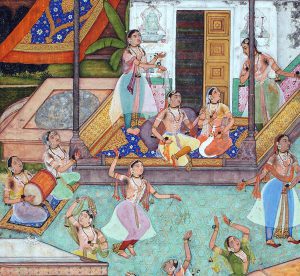 famous role in the royal courts of the Islamic world, particularly in the Ottoman empires and the Mughal rule in Medieval India. They rose to well-known positions as political advisors, administrators, generals as well as guardians of the harems. Hijras were considered clever, trustworthy and fiercely loyal and had free access to all spaces and sections of the population, thereby playing a crucial role in the politics of empire building in the Mughal era. The Hijras also occupied high positions in the Islamic religious institutions, especially in guarding the holy places; they were able to influence state decisions and also received a large amount of money to have been closest to kings and queens.
famous role in the royal courts of the Islamic world, particularly in the Ottoman empires and the Mughal rule in Medieval India. They rose to well-known positions as political advisors, administrators, generals as well as guardians of the harems. Hijras were considered clever, trustworthy and fiercely loyal and had free access to all spaces and sections of the population, thereby playing a crucial role in the politics of empire building in the Mughal era. The Hijras also occupied high positions in the Islamic religious institutions, especially in guarding the holy places; they were able to influence state decisions and also received a large amount of money to have been closest to kings and queens.
The British colonial Law in India discriminated the Hijras, labelled them as “criminals” like “Thugs” and thieves and persecuted them.
Though Hijras were recognised and given importance in our ancient custom and practices, the conditions have been deteriorating generation by generation. Today, Hijras are avoided, sometimes dreaded and despised, mocked or laughed at.
But they are a part of the human society all over the world fighting for their rights for a life which is naturally available to others. With this background, it is a true moment of happiness to look forward when section 377 is repealed giving respite to these special people in India.
©Tapati Sinha
Photos from the Internet
#Transgender #TheThirdGender #Hijras #Eunuchs #ThePlaceOfTransgendersInHistory #TransgendersInEpics #Shikhandi #Brihannala #HistoryOfTransgenders #NowAndThen #DifferentTruths

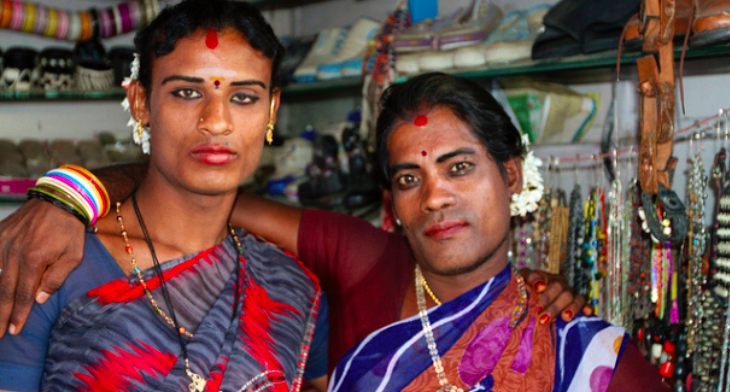

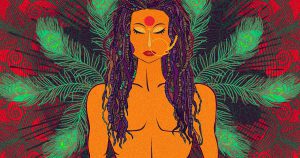




 By
By
 By
By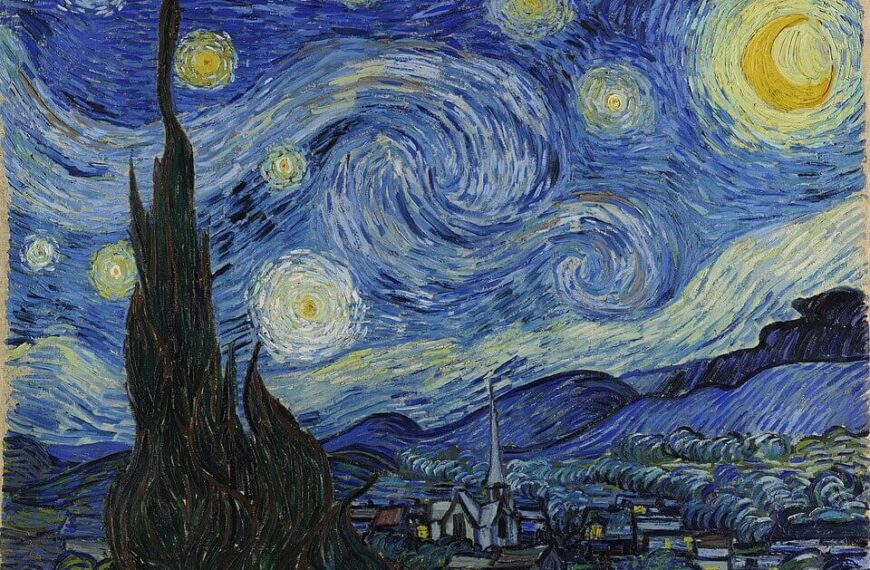
 By
By
 By
By